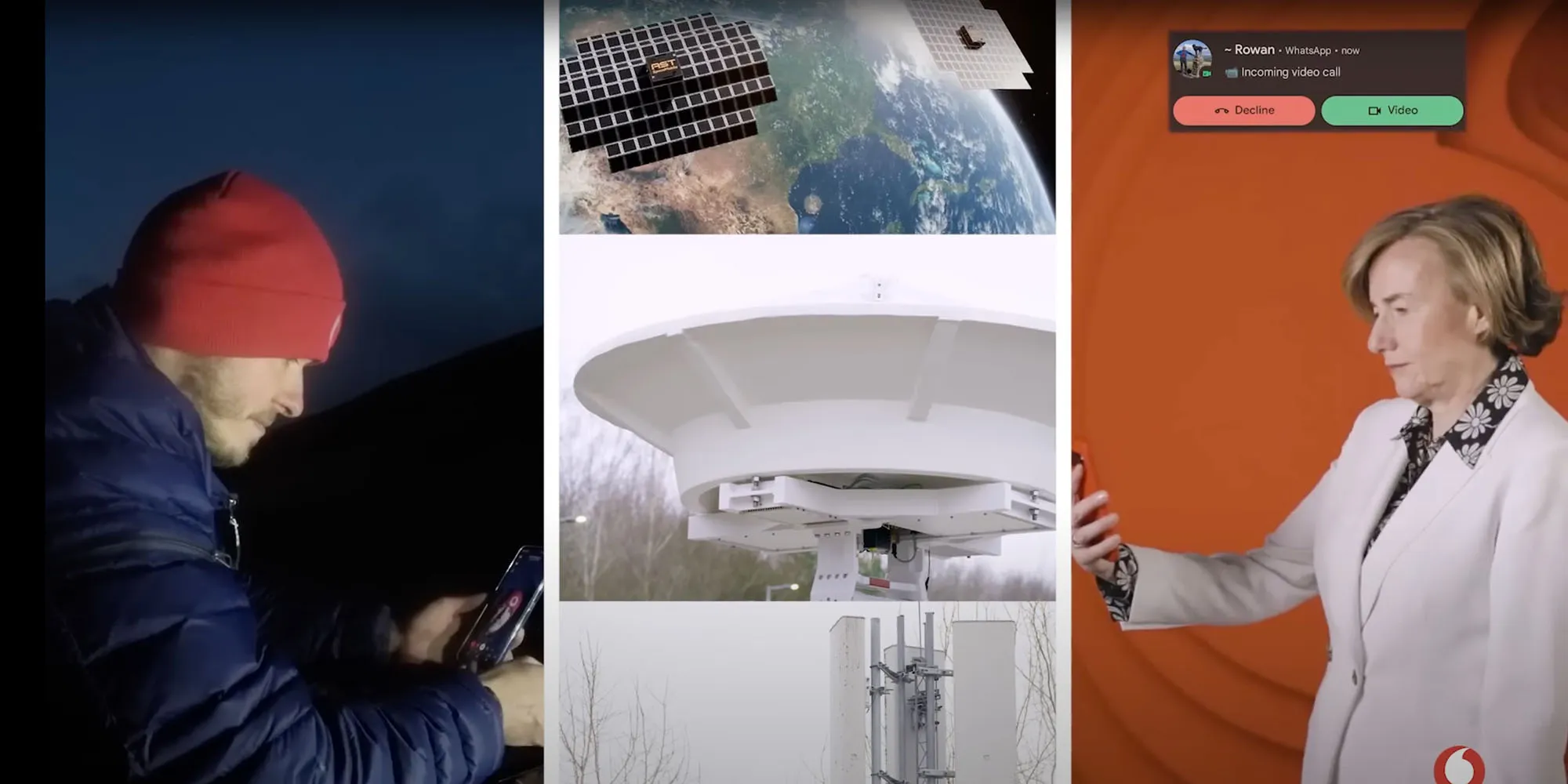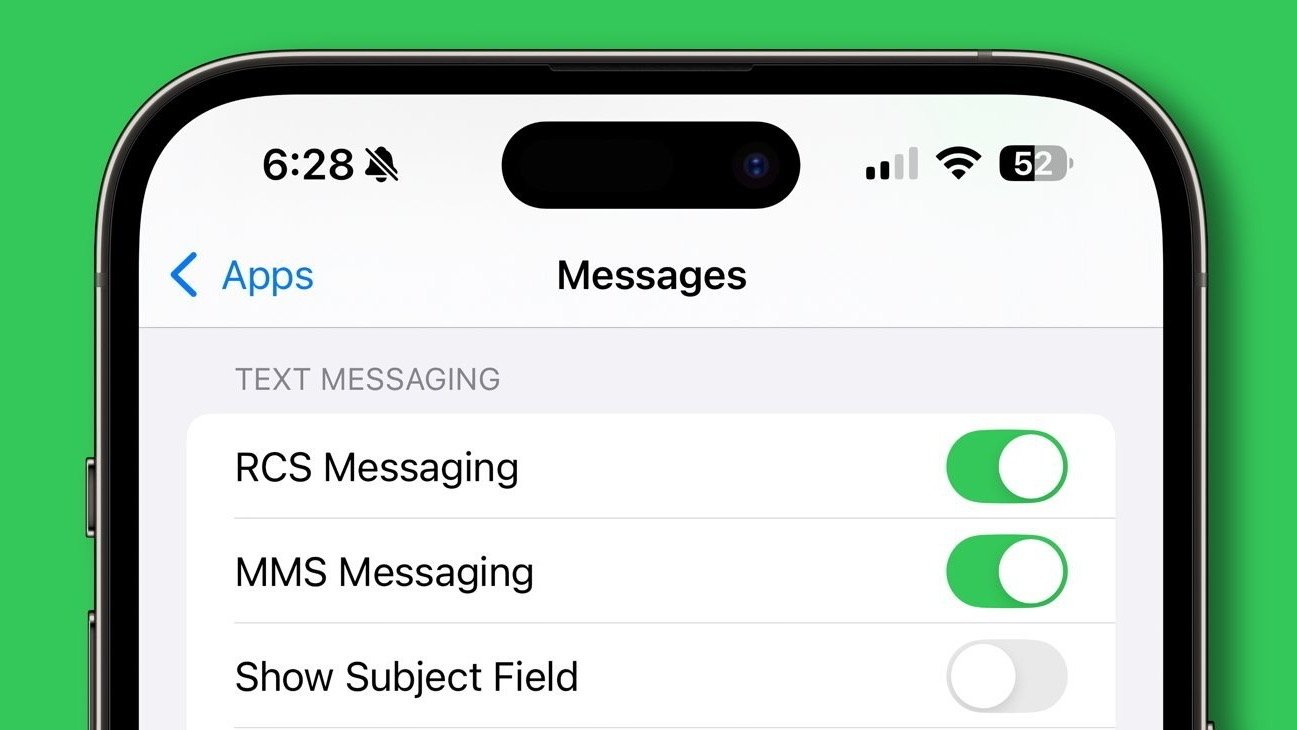This year, people in Europe will be able to make video calls using satellite technology, thanks to a successful demonstration by Vodafone working together with AST SpaceMobile. The service will soon expand to the United States through AT&T, although it might take a little longer there.
Just like the current satellite options for texting and calling, this new technology will work in places where there’s no regular phone signal.
Apple Paved the Way with Satellite Messaging
For many years, satellite communication was only possible with special equipment. However, smartphones have now caught up. Apple started this trend with its Emergency SOS via Satellite feature in 2022, which lets you contact emergency services from spots with no cell service. They’ve even updated it so you can send messages to your loved ones. Apple started with Globalstar but has now teamed up with SpaceX and T-Mobile to use Starlink’s satellite system.
Voice and Internet from Orbit
In 2023, AST SpaceMobile showed that regular phones could do more than just send messages via satellites; they could also make voice calls and use mobile data. They proved this by connecting a call from Maui, Hawaii, to Madrid, Spain, using their BlueWalker 3 satellite. They also managed to achieve a download speed of about 14 Mbps in another test.
Satellite Video Calls Are Here
Vodafone and AST SpaceMobile have now shown that video calls are possible too, using typical 4G/5G phones. They made history with the world’s first video call from space, connecting a call from a remote part of Wales where there’s never been mobile internet before. This was done by Vodafone’s engineer, Rowan Chesmer, who called Margherita Della Valle, showcasing the potential for internet access and messaging in areas without coverage.
Vodafone plans to roll out this service across Europe by the end of 2026, although they haven’t shared how much it will cost yet. Meanwhile, AT&T is testing similar services in the US, but they’ll probably start after Europe. This new technology could change how we stay connected, especially in the most remote places.

